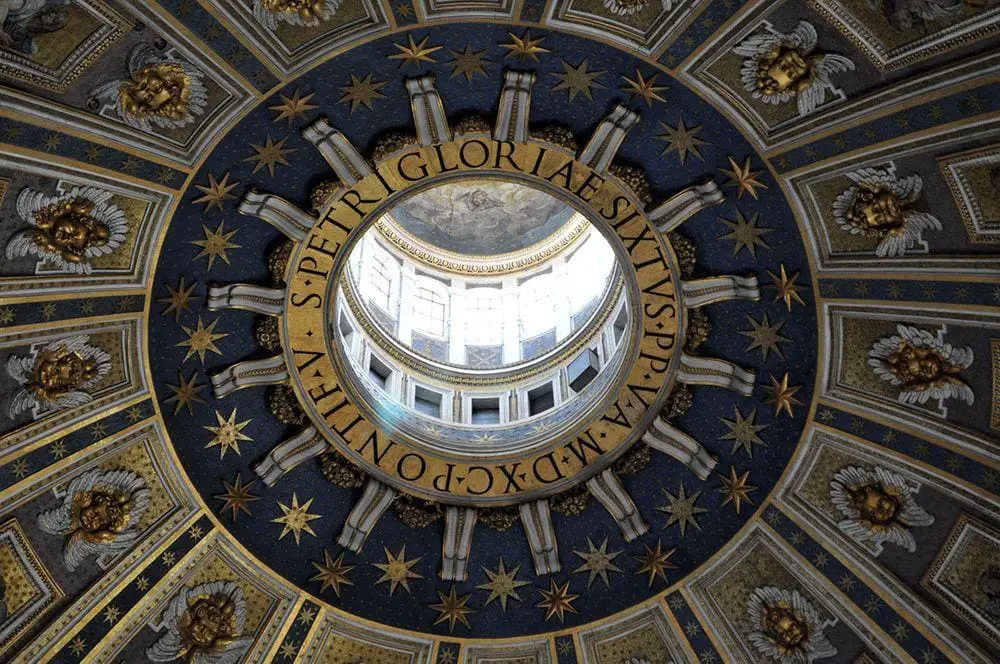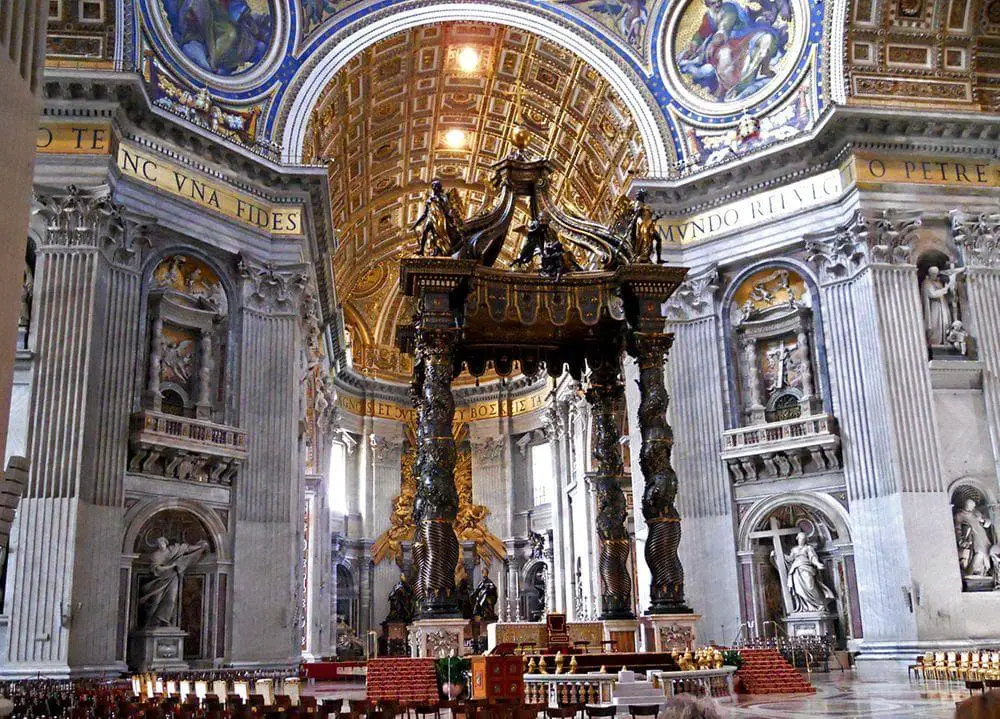Churches 🢔 Religious architecture 🢔 Architectural wonders 🢔 Categories of wonders
Wonder
St Peter’s Basilica
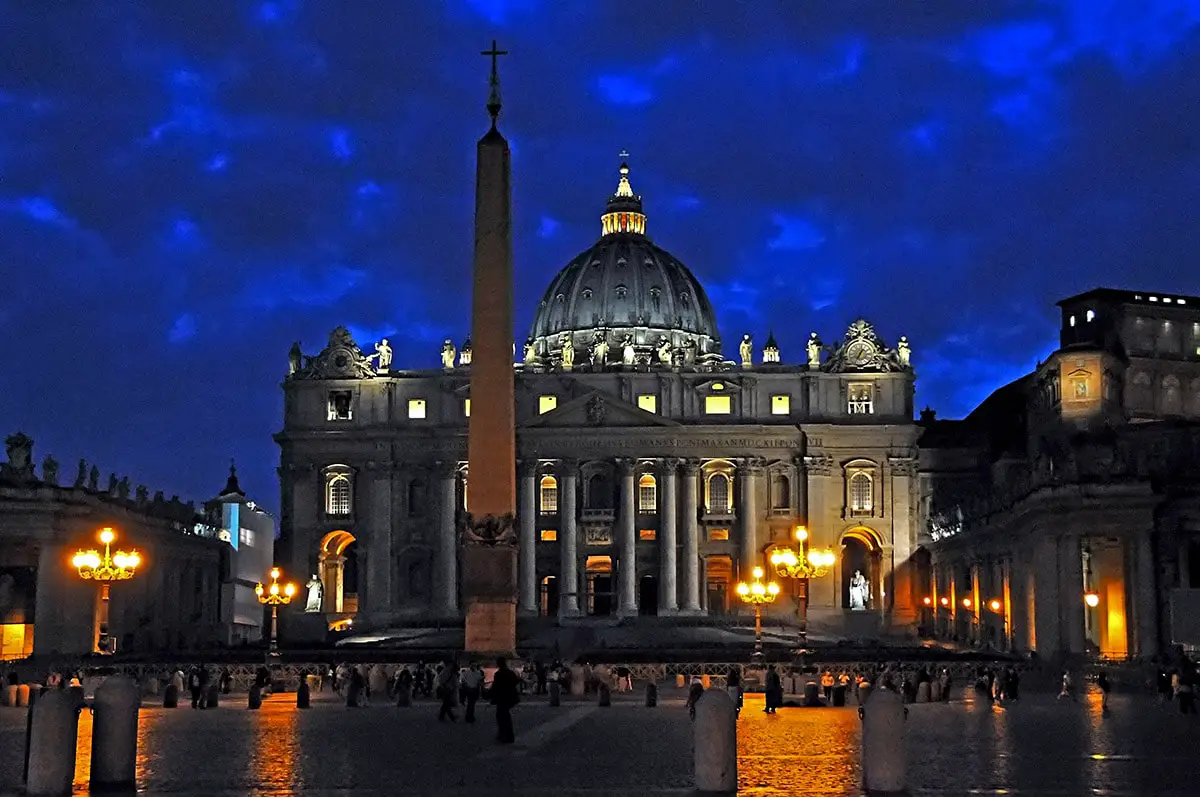
 In short
In short
Which building is the most important in the world? One of the contenders for this title is St Peter’s Basilica. This giant church tells tales about the limitless power of religion and politics and above all – about the immense creativity of humans.
 74.9%
74.9%
GPS coordinates
Full name
Name in Latin
Name in Italian
Architects
Architectural style
Year of construction
Branch of Christianity
Height
UNESCO World Heritage status
Map of the site
If you see this after your page is loaded completely, leafletJS files are missing.
 In detail
In detail
History
Saint Peter
History of St Peter’s Basilica starts at the Sea of Galilee in contemporary Israel. Local fisherman Simon became one of the first followers of Jesus and Jesus gave him a nickname – Peter ("cliff"). After the death of Jesus, he became a leader of Christians and was actively spreading the faith in Judea, Palestine, and Antioch.
It is not known whether Saint Peter ever came to Rome… but according to later Christian accounts he did. Maybe we will never learn the truth – history too often is invented and rewritten – but according to the tradition of the Church, St Peter was the first leader of Christians in Rome, and thus – he was the first Pope in the main metropolis of the ancient world.
According to the story Saint Peter was executed in 64 AD after the Great Fire of Rome when Christians were blamed for this catastrophe. He was executed at an ancient Egyptian obelisk in the Circus of Nero. It is considered that the current obelisk in St Peter’s Square is the same witness of these tragic events.
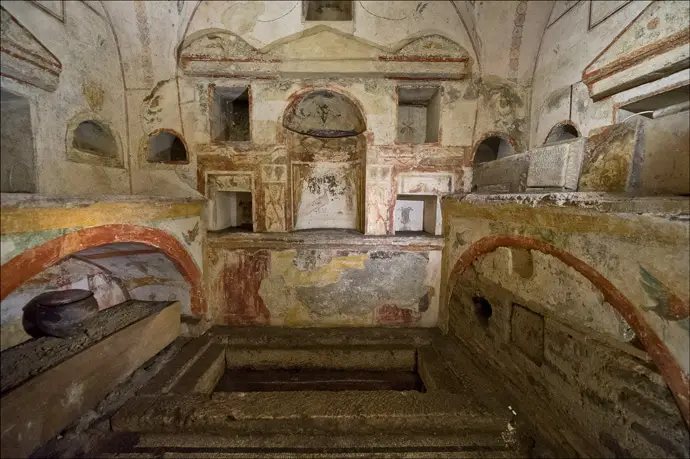
His remains were buried (again, according to unproven legends) next to the circus, in an established cemetery on Mons Vaticanus, outside the City of Rome. There have been buried numerous victims of executions, and, due to the burial of Saint Peter – numerous local Christians.
Archaeological excavations took place here in 1939 and under the church were found fragments of bones wrapped in a purple and golden fabric – definitely an important burial. It was decided that these remnants belonged to Saint Peter.
First Basilica
Large rock was placed over the grave initially and some years later Christians built a small shrine here.
As Christianity became the leading religion in Rome, there arose a need for the main shrine and in the times of Emperor Constantine the Great in the time period between 319 and 333 AD there started the construction of the so-called Old St Peter’s Basilica. It was built around 360 AD.
This was an enormous building for its time – it was more than 103.6 m long, with an impressive atrium. This fine building stood there for more than 1000 years.
World’s most magnificent church needed…
Nevertheless by the end of the 15th century the ancient basilica was in dire need of reconstruction.
During the reign of Pope Nicholas V (1447 – 1455) it was decided that a new church or significant rebuilding of the existing one is needed. Of course, it had to be larger and more splendid than the old one. Some works were even started but when the pope died, everything stopped.
Pope Julius II (reigned in 1503 – 1513) moved the ambitious project further. He announced a tender for the largest and most splendid structure in the Christian world. Many great designs were proposed by the best architects, engineers, and artists of the time, with numerous innovations and lots of unseen ambitions. After lengthy discussions, the design of Donato Bramante was selected.
Lengthy construction
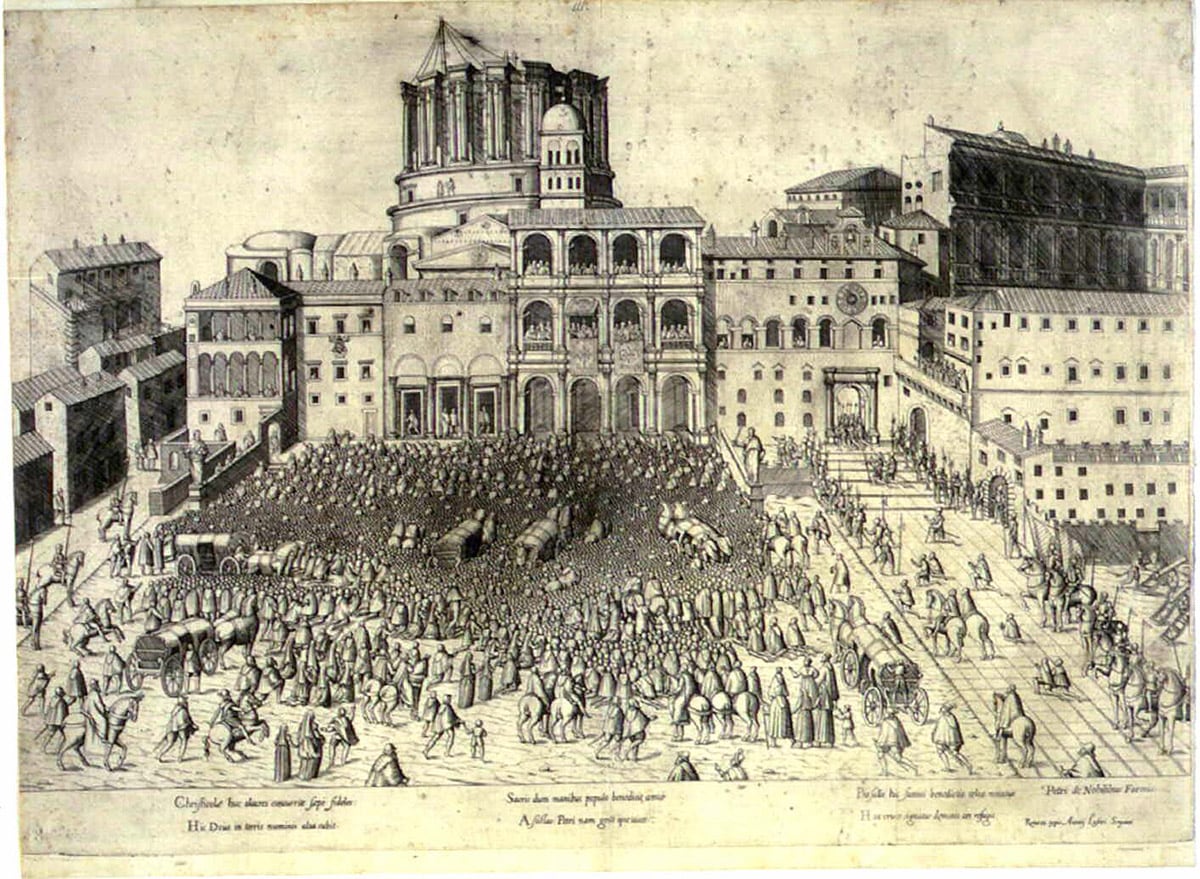
It took time to build the world’s greatest church, lots of time. Construction works started in 1506 and ended in… 1626.
Design of Bramante was modified after the death of Pope Julius II in 1513 – and this was only the first change in plans. During its construction, St Peter’s Basilica saw many chief architects including the great Raphael who introduced the nave with five bays (not realized), and Michelangelo. Although Michelangelo was not too happy to become an architect, Basilica to a large extent was shaped by him. Thus the great painter and sculptor can be listed also among the world’s greatest architects.
Such an enormous deed left an influence not only on the history of art. Soon after the start of the construction, it became clear that lots of money will be needed – a lot more than Church had at the time. Financial geniuses of these times invented many sources of financing and one was: the trade of indulgences in exchange for financial support for the construction of the new St Peter’s Basilica.
Marketing for these indulgences was ubiquitous – Pope desperately needed as many finances as possible. This raised protest and inspired Martin Luther to write his Ninety-Five Theses in 1517, starting the Reformation.
Nevertheless work continued. In 1590 the dome – a wonder of structural engineering that was designed by Michelangelo – was completed. He did not live to see it: Michelangelo died in 1564.
Later, in the middle of the 18th century the dome cracked and it was reinforced by heavy iron chains around it.
Works continued also in the 17th century. After lengthy discussions, it was decided to build a nave and current facade towards St Peter’s Square.
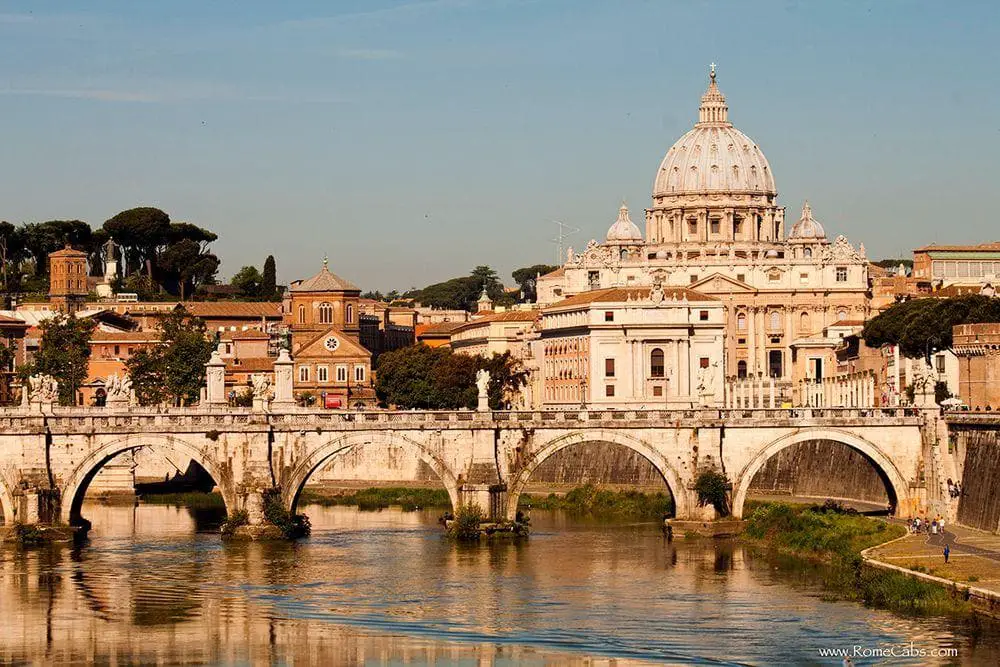
The enormous (114.69 m wide and 45.55 m high) facade was designed by Carlo Maderno – and this part of the Basilica has been criticized ever after due to its inharmonious proportions.
There were planned also two towers on each side of the facade. One tower was even built but the ground started to settle and thus the bell tower was demolished (designer Gian Lorenzo Bernini had to cover the costs of this demolition) and the idea of bell towers was abandoned.
Long build history of St Peter’s Basilica shows also in the architectonic style of diverse parts. While the dome of the church is one of the highest achievements in Renaissance architecture, the facade and nave represent slightly different ages, with many features of the upcoming Baroque style.
Description of St Peter’s Basilica
Size
St Peter’s Basilica is one of the largest churches in the world up to this day. It is the largest one by area (the interior area is 15,160 m²), length (external length – 211.5 m), and volume (5 million m³ which by far exceeds any other church in the world).
Dome
In the planned church has a cruciform shape with a dome in the center. This giant dome dominates the skyline of Rome.
It is one of the largest domes in the world – the tallest in the world (136.57 m).
Diameter of the dome is 41.47 m – less than in Florence Cathedral but nevertheless it is one of the greatest domes in the world. In order to make it lighter, the concrete contains numerous pieces of the light pumice and tufa (ancient Roman formula, rediscovered for this case), it is also thin, with vertical and horizontal ribs to reinforce it (like in Pantheon).
The design of the enormous dome was inspired by the Pantheon, but there were significant differences too. The enormous dome is resting on four piers and above it rises one more, smaller dome of the lantern.
St Peter’s Square
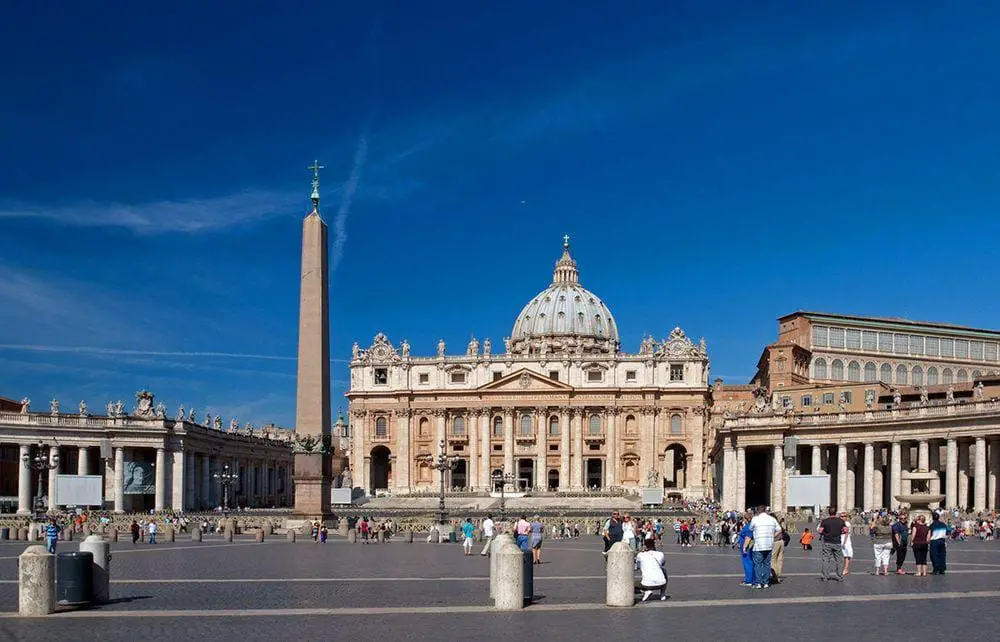
St Peter’s Square is a landmark by itself but to a large extent it forms the impression of Basilica.
In its present shape the square was shaped in 1656 – 1667 by Gian Lorenzo Bernini and is one of the masterpieces of the Baroque style. Bernini had to create an urban ensemble which is focusing the attention of visitors on the basilica. Of course, he had to keep the Egyptian obelisk – an important landmark in the history of St Peter’s Basilica.
Bernini had different options to plan the square – square or trapezoid or any other shape. His solution though was different and innovative – he designed a space consisting of two elements: a trapezoid plaza at the basilica and an open space in elliptical shape further from it, around the obelisk. Thus Bernini managed to decrease the negative effects of the facade, seemingly making it narrower and taller. Both plazas are flanked by impressive colonnades.
This ingenious solution was one of the major manifestations of Baroque style in urban planning, with an intricate, harmonious play of different existing and newly added elements.
Entrance
After traversing the magnificent square one ascends enormous stairs flanked by statues of Saint Peter (to the left) and Saint Paul (to the right) and reaches the main facade of the church.
The northernmost of the five entrance doors is the Holy Door – an ornate (everything here is ornate) door which normally is sealed by mortar and cement. It is opened only on a special occasion: Jubilee years which are announced by the Pope for the remission of sins. In earlier times these festivities took place every 33 – 25 years but sometimes more frequently. Well, in the 20th – 21st centuries Jubilees are more frequent – seems, there are too many sins to be remitted.
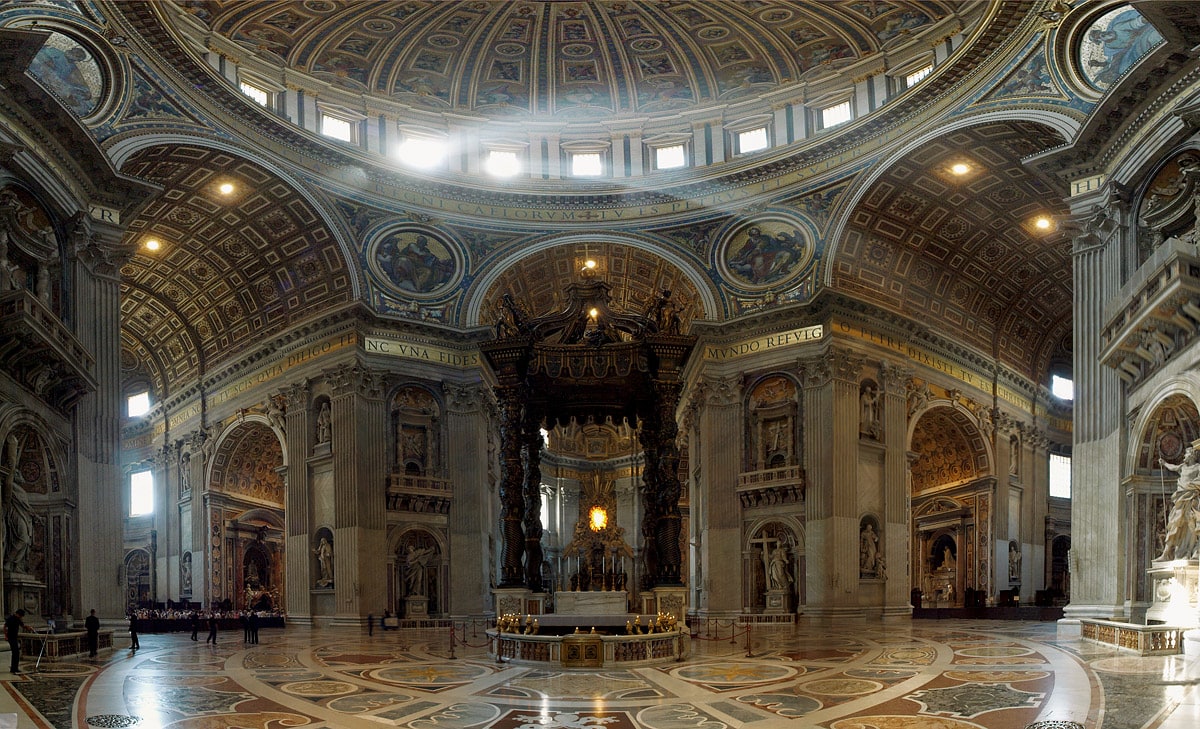
Interior
Interior of the St Peter’s Basilica is… incredibly vast. There are few buildings in the world with such a spacious interior and few – with a such ornate interior. The size and beauty of the premises dwarf the humans. It is so large that for visitors it is hard to get a sense of scale.
The enormous nave is slightly tilted towards the Egyptian obelisk.
Barrel vault of the nave is the highest in the world, with numerous impressive chapels found on both sides.
Behind the high altar two staircases lead to the underground chapel – Chapel of the Confession which is located above the purported burial site of Saint Peter.
Chair of Saint Peter
In the apse is located the Chair of Saint Peter – a relic, a legendary chair which according to legends was used by Saint Peter (in reality – a gift to the Pope in 875 AD). Later it was used by many popes. After its use throughout the centuries, it became unusable – thus it was turned into a work of art.
Now the chair is enclosed in a beautiful gilded casing (Bernini, 1647 – 1653) – an outstanding and innovative (for its time) example of Baroque art.
Other relics
In St Peter’s Basilica are four precious relics – the spear of Longinus which pierced Christ (although there are several more churches around the world that claim to have the same spear), the veil of Veronica with the miraculous face of Christ, a piece of True Cross brought here by mother of Emperor Constantine – Helena and relics of St.Andrew, brother of St Peter.
Above the altar stands another outstanding work of art, the largest piece of bronze on Earth – 30 m tall, ornate baldacchino, also created by Bernini.
Burials
In the basilica have been buried numerous outstanding people – many popes and others, such as St. Ignatius of Antioch, Queen Christina of Sweden, and composer Palestrina. Many popes are buried in the ancient necropolis beneath the Basilica, just like (possibly) Saint Peter. Many burials are adorned with renowned artworks, such as Michelangelo’s Pietà.
Importance and impact
St Peter’s Basilica has been a site of pilgrimage for centuries and continues to attract visitors from all over the world.
Formally it is just one of four Papal Basilicas, but it is by far the best known and most important one. As it is next to the Papal residence and is very large, here take place most Papal liturgies.
These liturgies draw the attention of thousands of believers and tourists, at times gatherings can have up to 80 000 people.
Architecture and art of St Peter’s Basilica have served as inspiration all over the world, influencing the views on art and the beauty of numerous generations. The design of St Peter’s Basilica has influenced the design of such magnificent buildings as St.Paul’s Cathedral in London and the Pantheon in Paris.
 Linked articles
Linked articles
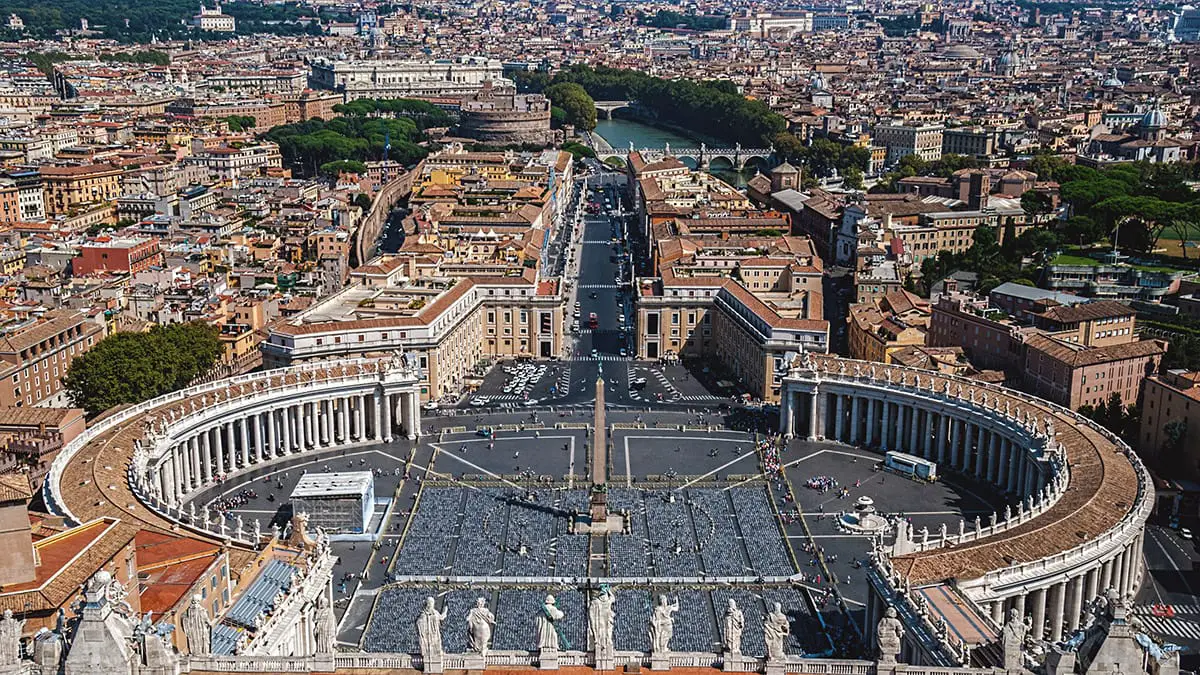
Wonders of the Vatican
Vatican is a religious center of global importance and in spite of its minuscule size, there are located several landmarks of world importance. In fact, these landmarks cover… major part of this country.
In the Vatican are several of the world’s most important structures and artworks of Renaissance and also Baroque, such as the giant St Peter’s Basilica and Sistine Chapel with its frescoes – some of the world’s best-known works of art.
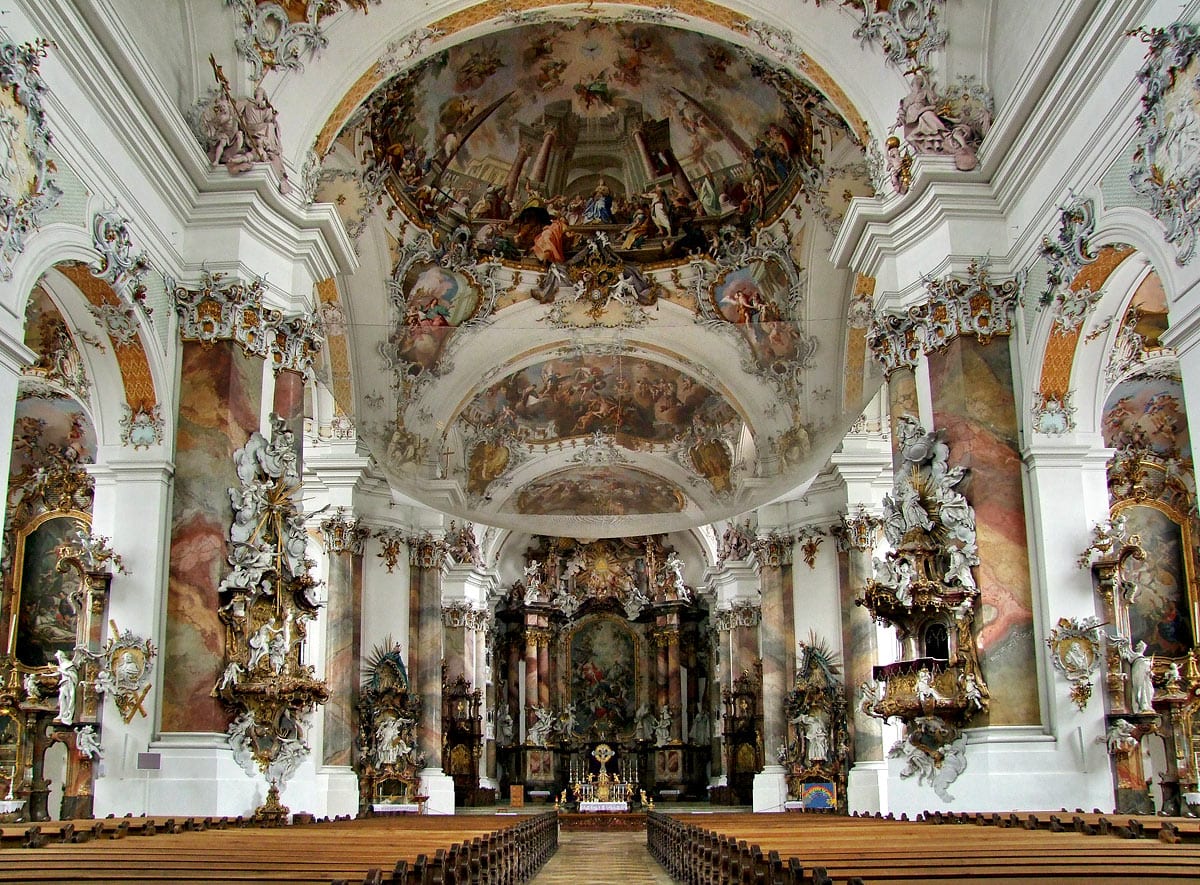
Churches
Throughout the millennia Christian churches have been the epitome of architecture and arts achievements in Western culture.
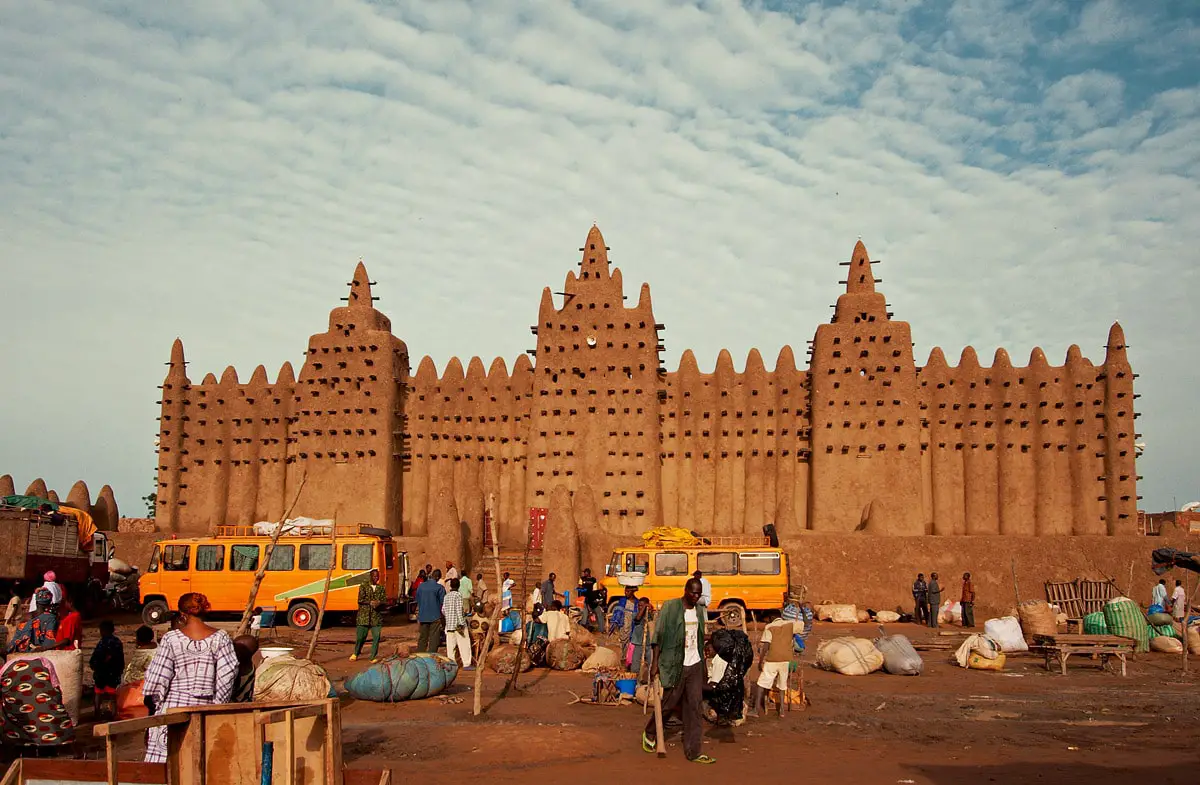
Religious architecture
Since ancient times human talents and skills have been expressed in religious architecture and arts, and traditions and rituals have evolved around pilgrimage sites. Religious buildings represent a major part of the highest achievements in architecture and crafts.
 Recommended books
Recommended books
Basilica: The Splendor and the Scandal: Building St. Peter’s
In this dramatic journey through religious and artistic history, R. A. Scotti traces the defining event of a glorious epoch: the building of St Peter’s Basilica. Begun by the ferociously ambitious Pope Julius II in 1506, the endeavor would span two tumultuous centuries, challenge the greatest Renaissance masters Michelangelo, Raphael, and Bramante and enrage Martin Luther.
Quick Guide to St. Peter’s Basilica
This is a quick guide to Saint Peter’s Basilica, one of the most amazing churches in the world. Many guidebooks only provide a very small explanation of all the artworks in the church and its complex history. This quick guide will give you detailed information about the most important artworks in and outside the church.

